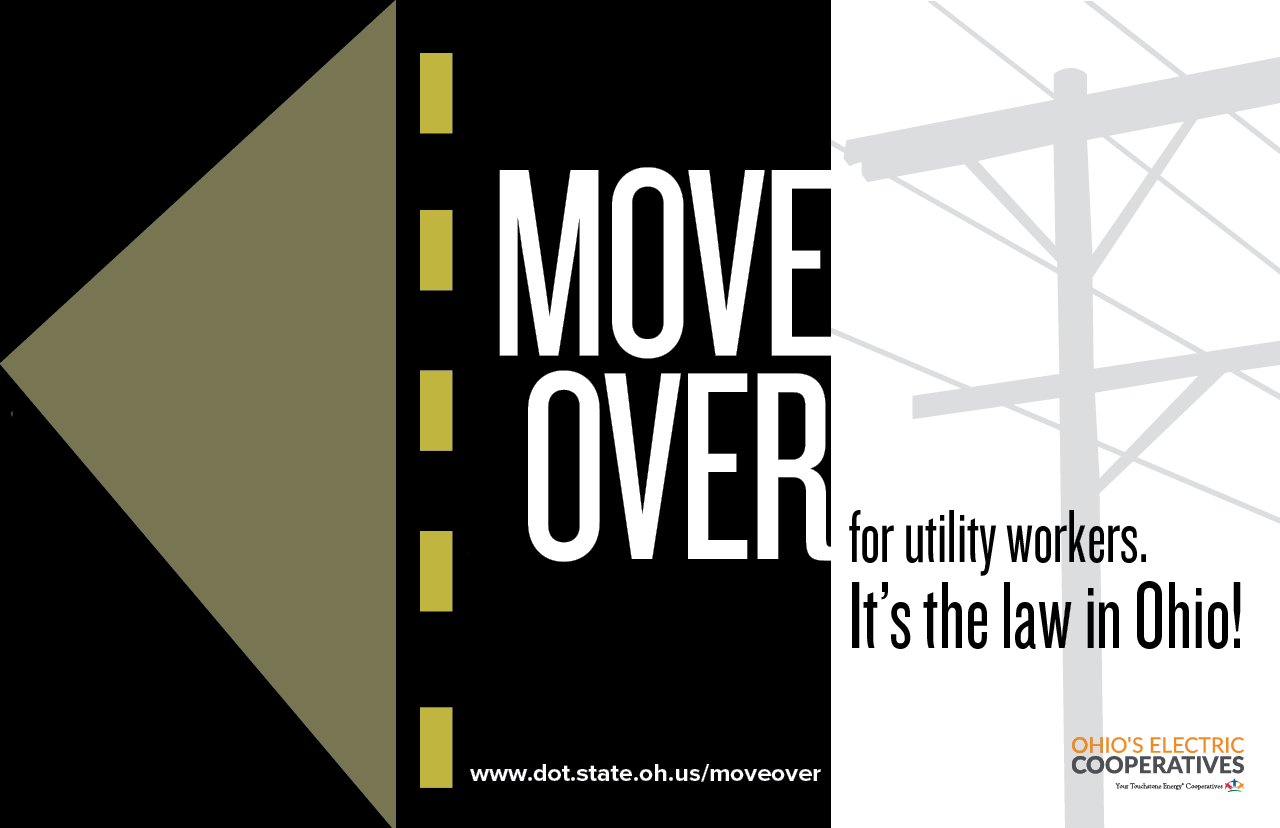
Ohio’s Move Over Law requires motorists to cautiously shift over one lane — or slow down if changing lanes is not possible — when passing any vehicle with flashing lights on the side of a road.
It’s designed to protect the lives of everyone who works on or uses our roadways, including:
- law enforcement officers
- emergency responders
- road crews
- utility workers.
The original law took effect in 1999 to reduce risk to law-enforcement officers and emergency responders. It was expanded in December 2013 to apply to every stationary vehicle with flashing lights, including road construction, maintenance and utility crews.
The law recognizes that sometimes it is not safe or possible to move over because of traffic or weather conditions or because a second lane does not exist. In those situations, slow down and proceed with caution. Watch for people or objects that could enter your travel lane, and be prepared to stop.
Yielding the right of way to an emergency responder requires you as a driver to pull to the right-hand side of the road and stop when a law-enforcement officer, fire truck, ambulance or other emergency vehicle approaches using a siren, lights, or other warning devices. You must wait until the emergency responder has passed by before you can resume driving.
Across the nation, hundreds of people are killed or injured every year when they’re struck by a vehicle after pulling over to the side of the road or highway. On average, these “struck-by” crashes kill one tow-truck driver every six days; 23 highway workers and one law-enforcement officer every month; and five firefighters every year. Tragically, stranded motorists are also struck and killed.
Yes, and the issue is so serious that fines are doubled. Violators are fined 2 x $150 for the first violation (a minor misdemeanor), 2 x $250 for the same violation within a year of the first, and 2 x $500 for more than two violations in a year.
Ohio’s Move Over law applies to all interstates and state highways. It can be enforced by any law-enforcement officer, including state highway patrol officers, local police, and county sheriff’s deputies.
